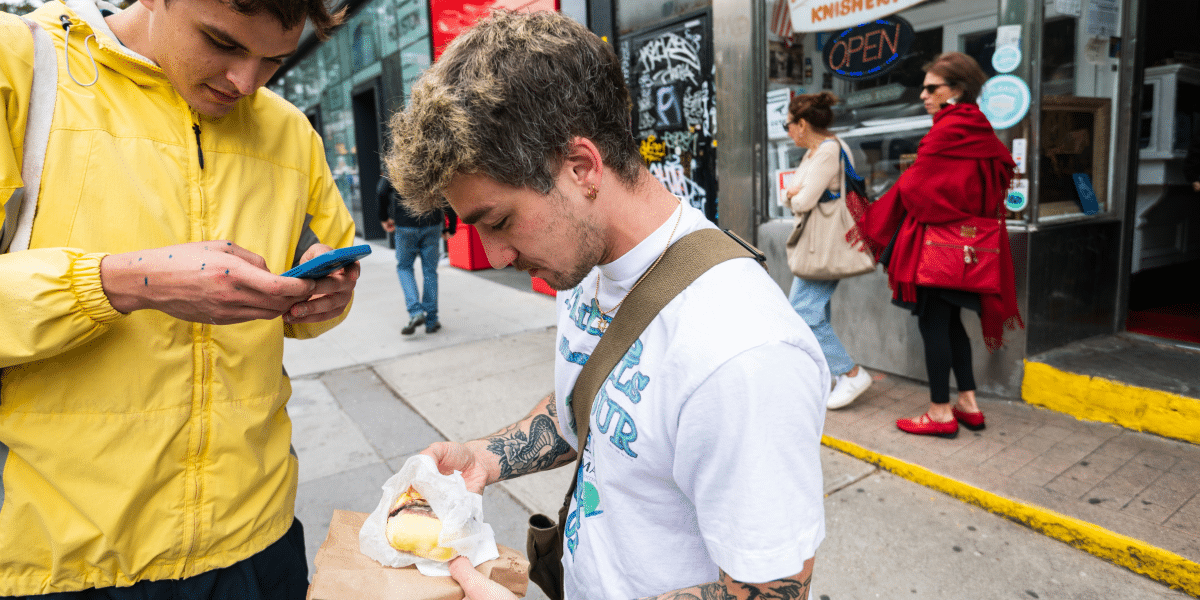How Are the Arts Contributing to Miami’s Economic Growth?
Over the past decade, Miami’s arts scene has emerged as one of the most important aspects of the city’s cultural renaissance. This transformation began with events like Art Basel, a world-renowned contemporary art fair that draws collectors, artists, and visitors from around the globe. The event has not only elevated Miami’s reputation as a cultural hub but has also generated substantial economic activity. Each year, Art Basel brings in millions of dollars, boosting local businesses, hotels, and restaurants during the event.
But the economic impact of the arts extends beyond Art Basel. The Wynwood Arts District, once an industrial area, has been transformed into a vibrant neighborhood filled with galleries, street art, and creative spaces. This revitalization has attracted both tourists and investors, leading to increased property values and the creation of new business opportunities. Entrepreneurs, small business owners, and artists alike have found a home in this neighborhood, contributing to the area’s economic development.
Cultural institutions like the Perez Art Museum Miami (PAMM) and the Adrienne Arsht Center for the Performing Arts have further bolstered Miami’s arts scene. These institutions not only offer world-class performances and exhibitions but also provide jobs and educational programs that contribute to the local economy. As Miami continues to grow as an international destination for art and culture, the economic benefits are becoming increasingly apparent.
Why Is Miami’s Culinary Scene a Game-Changer for Economic Development?
While Miami has always had a diverse culinary landscape, recent years have seen the city’s culinary scene explode in popularity. Chefs from around the world are flocking to Miami to open innovative restaurants, pushing the boundaries of traditional dining and helping to shape the city’s food culture. From Latin American fusion to cutting-edge farm-to-table concepts, Miami’s restaurants are gaining global recognition and bringing in a new wave of tourists and food enthusiasts.
The rise of culinary tourism in Miami is a major factor in the city’s economic expansion. Food lovers from around the world come to the city not just to eat but to experience the unique blend of cultures that defines Miami’s food scene. As a result, restaurants are becoming major economic players, contributing to job creation and driving investment in the hospitality industry.
The annual South Beach Wine & Food Festival is another example of how the culinary scene is fueling economic growth. This highly anticipated event draws thousands of visitors each year, generating millions in revenue for local businesses. The festival showcases Miami’s diverse culinary talent while also highlighting the city as a premier destination for food tourism.
Additionally, the rise of food markets and culinary incubators in Miami is supporting the growth of small businesses. Places like Time Out Market and the Citadel bring together a variety of local food vendors, allowing chefs and entrepreneurs to test their concepts in a communal space. These markets not only provide an affordable entry point for new restaurateurs but also contribute to the city’s overall economic vibrancy by attracting both locals and tourists.
How Do Arts and Food Shape Miami’s Identity and Economy?
The intersection of arts and food in Miami is shaping the city’s evolving identity as a cultural hotspot. What makes this combination so powerful is its ability to attract a diverse audience—whether through an art gallery opening, a street mural festival, or a new dining concept, both locals and visitors are drawn to Miami’s creative energy.
As a result, the cultural and culinary expansion is helping to create new economic opportunities in fields like tourism, real estate, and hospitality. Developers are investing in neighborhoods that have become hubs for the arts and food, leading to the revitalization of previously underdeveloped areas. Real estate prices in places like Wynwood and Little Haiti have soared, thanks to the influx of restaurants, galleries, and cultural spaces that make these neighborhoods attractive destinations.
Moreover, the synergy between arts and food has led to unique collaborations that further drive economic growth. Pop-up art galleries within restaurants, food festivals with live performances, and creative spaces that combine dining with artistic expression are just a few examples of how these industries work together to fuel Miami’s economic engine.
Miami’s evolving arts, culture, and culinary scenes are not just shaping the city’s identity but are also playing a crucial role in its economic development. By attracting new talent, fostering innovation, and drawing in tourists from around the globe, these sectors are helping to diversify Miami’s economy and position it as a leading global city. As Miami continues to grow, its rich cultural fabric will remain a key driver of economic success, making the city a destination that is as exciting to live in as it is to visit.










